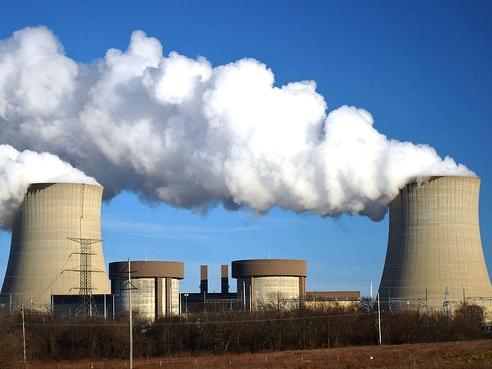
Section Branding
Header Content
Safer Reactors Focus Of Research
Primary Content

Nuclear engineers at Georgia Tech have won $6 million from the U.S. Department of Energy to work on new designs for nuclear reactors.
The researchers – including other universities, the nuclear industry and a national lab – are trying to make reactors “inherently” safer. In other words, they’re trying to eliminate features that can break down in a natural disaster or other unforeseen incident.
“We are trying to add some innovative design features that would enhance this inherent safety or safety-by-design component. The intent is to be more resilient to unexpected events,” said Bojan Petrovic, a nuclear engineering professor at Georgia Tech.
The earliest nuclear reactors required active safety systems like pumps and motors that needed external power. The newest reactors – like the one under construction at Plant Vogtle in east Georgia – incorporate passive systems that use gravity and other laws of nature to prevent problems. The idea is to take that even further.
Petrovic says a simple example is a design that uses large pipes for critical systems. The pipes can break, so eliminate them from the design.
“If all the critical components are within a very solid reactor vessel, then simply we don’t have external pipes [and] such pipes cannot break,” Petrovic said. “So in a way, we have eliminated the possibility for a certain class of accident.”
Petrovic says engineers can design for expected problems. The safety-by-design concept is to build reactors that can withstand what they can’t anticipate.
Petrovic says the project also will teach the next generation of nuclear engineers how to run current reactors and design the reactors of the future.
The Energy Department grant will last for three years.
Tags: Georgia Tech, nuclear reactors, us department of energy, nuclear safety, nuclear power plants, nuclear power, reactor design, stem, new nuclear plant
